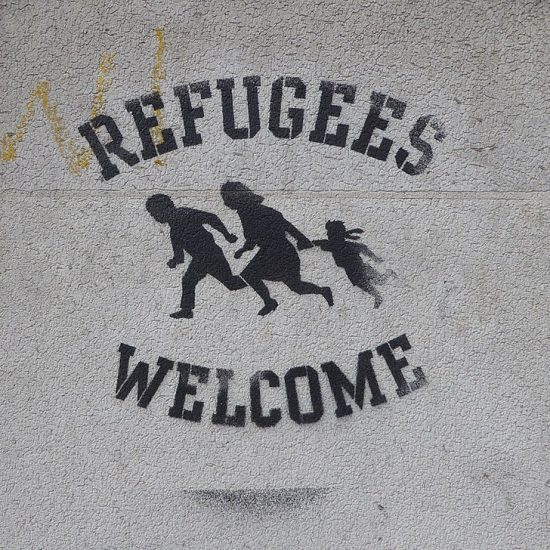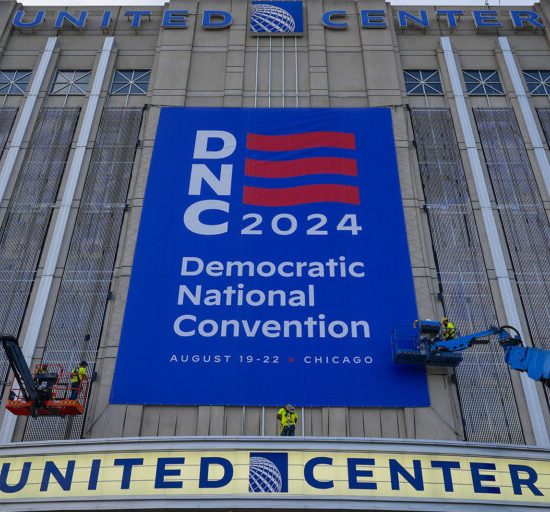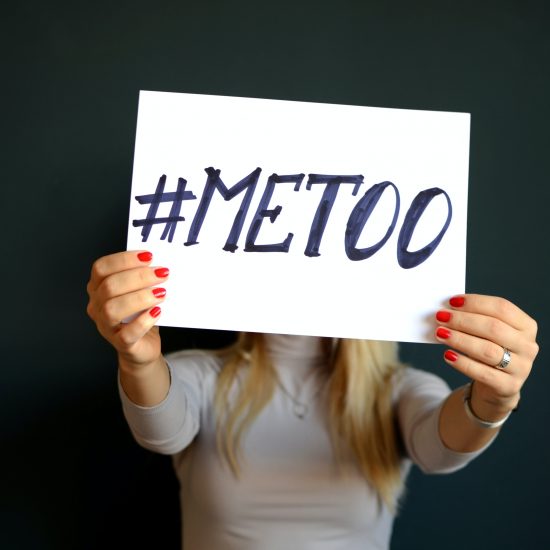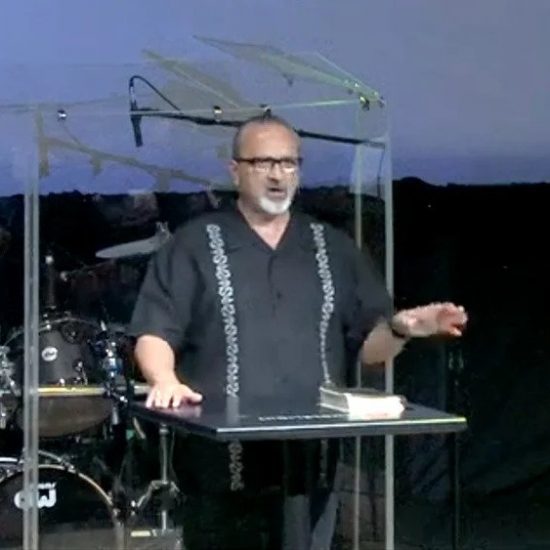WASHINGTON (ABP) — Baptist groups associated with the North American Baptist Fellowship are pouring into areas affected by deadly spring tornadoes and floods, at the same time they make longer view assessments of how best to help victim families rebuild — both in the United States and in Haiti.
With one eye on a flood crest moving inexorably down the bulging Mississippi River, Sam Tolbert said May 16 that his Louisiana Home and Foreign Missions Baptist State Convention is working closely with the Lott Carey Foreign Mission Convention to assess immediate needs and to mobilize intermediate response to help victim families when volunteers’ chain saws go silent and their shovels go home.
In the mid-term between immediate disaster response and long term solutions, a partnership between the four traditionally black Baptist conventions and Lott Carey will likely establish several “Resurrection Centers” to provide child care and social services access to families who have lost everything and are not connected to avenues of help.
That is a system that worked well for five-plus years in the gulf area, following Hurricanes Katrina and Rita. Their closing comes just as the need to open others in affected areas arises.
Tolbert, general secretary of the National Baptist Convention of America, is working closely with the African American Baptist Mission Collaboration, the Cooperative Baptist Fellowship and other state conventions to assess needs.
David Goatley, president of Lott Carey, said partner churches and organizations have been asked to “gather resources” to replicate the Resurrection Center model. He said supplies for immediate rescue and relief are “ample.”
“Our work around the world has taught us that after the initial rush of response and when volunteers disappear, victims need health and mental health care, group conversations to talk out their trauma, assessments and referrals to services,” Goatley said. “Children need things like survivor talks. They internalize trauma that later reveals itself at home and in school with symptoms of stress and distress.”
“They need space and place and trained people to help them process their trauma,” said Goatley, who hopes Resurrection Centers will operate at least six months.
Locations are not determined yet, and the eventual number depends on gifts, but Tolbert said one is virtually certain to be in a Birmingham church.
Tolbert, pastor of St. Mary Baptist Church in Lake Charles, La., said the rash of disasters from hurricanes to floods to tornadoes to the BP oil spill sometimes makes him feel “you don’t know which way to go.” Leading a recent conference to help pastors deal with realities changed forever by the BP oil spill — with flood news on everyone’s mind — he realized they were right across the road from the Mississippi River and pending catastrophe rolling toward them.
“It’s one crisis after another,” Tolbert said. A mass of land half the size of Connecticut will be flooded in Louisiana.
He recalled going into a Katrina Resurrection Center and seeing children wearing goggles and wielding hammers while smashing floor tiles. The worker told him children break the tiles to demonstrate how this disaster has broken them. But they reassembled them to demonstrate that with time there is hope for their lives to be put back together, too.
That’s why the unified effort of the African American Baptist Mission Collaboration adopted “Helping People Rise Again” as the theme of their recovery efforts.
“We have hope to know that even though this has happened, God is going to help us put things back together,” Tolbert said.
A large grant from Fountain Baptist Church in Summit, N.J., provided funds for job and life skills training, coaching to help pastors conduct ministry in a landscape rearranged by the storm, and for ministry grants to churches.
Eight churches pooled their resources and bought a 4-H campground to operate as both a campground and a disaster response center for future needs.
The coalition used a Ford Foundation grant for job skills training and social service support for discouraged workers.
“We feel called to reach to the margins,” Goatley said. He often finds people who were not connected to resources before a disaster have trouble connecting to post-disaster helps.
In Haiti where Lott Carey has a network of 22 churches, Goatley is leading a massive recovery effort, raising $50 million in a five-year plan to build or rebuild five clinics, 50 schools, 500 churches and 5,000 homes.
The African American Baptist Mission collaboration provided a million dollars for Habitat housing, one-half for transitional shelter and the other half for permanent solutions.
Churches are working with Haitians “in the diaspora” and African-American churches are working ecumenically, Goatley said, to advocate for inclusion and transparency in the reconstruction effort, for investing in agriculture as an economic engine for country and to move immigration policies to match those of Cuban immigrants who are granted asylum if they reach American soil. Haitians refuges are returned to Haiti.
Resources are not coming in from a disaster weary populace as quickly as they did after Hurricane Katrina or for the Haiti earthquake, Goatley said.
Richard Brunson, executive director of North Carolina Baptist Men who was a moving force behind formation of a coordinated North American Baptist Fellowship disaster relief effort, echoes Goatley’s observation. Although NCBM has received $750,000 for relief following the tornadoes in North Carolina and Alabama, Brunson said the sum is about half of what he expected.
Brunson said volunteers through N.C. Baptist Men have contributed more than 9,500 days of labor responding to the spring disasters.
-30-
Norman Jameson is a freelance writer in North Carolina. This story is provided by the North American Baptist Fellowship.






